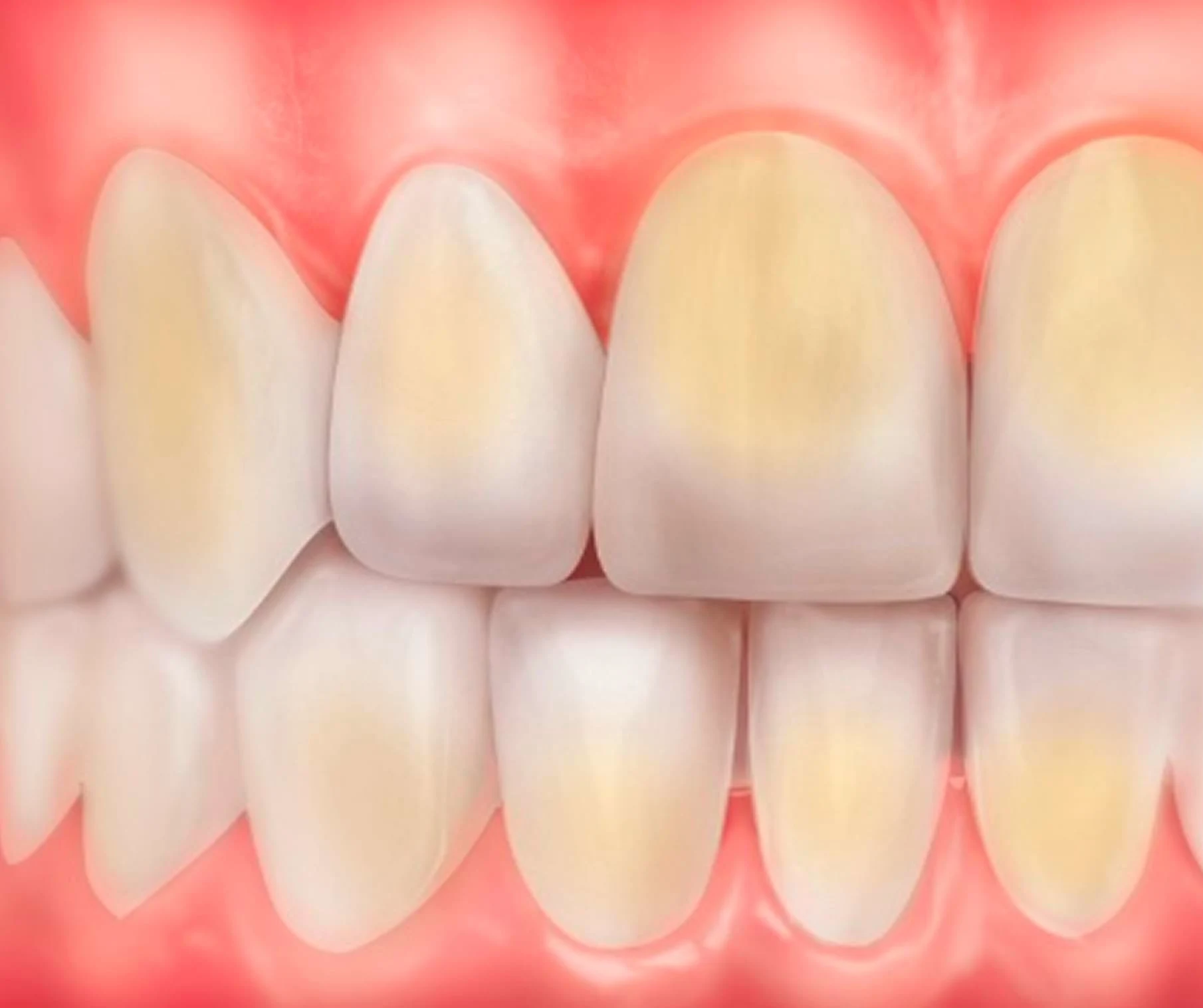
Cavity vs. Stain: What's the Difference?

This blog has been reviewed and approved by Francesca Dusio, an Italian registered Dentist with a strong international background.
Table of Contents
Key Takeaways
- A cavity is a small hole in your tooth due to tooth decay, whereas a tooth stain is a surface discoloration. Both can cause your teeth to appear yellow, brown, or gray, but cavities will continue to worsen over time, while stains can come and go.
- If you have a cavity, you’ll likely experience tooth sensitivity or pain, but it could be asymptomatic in the early stages. Cavities become larger, deeper, and more painful over time. Go to the dentist right away if you suspect you have a cavity. Treatment options include a filling, crown, or root canal.
- If the spot on your tooth is a stain, treat it by practicing good dental hygiene, watching what you eat, and trying at-home whitening pastes that contain abrasives. If these don’t work, visit a dentist.
- Proper dental hygiene and certain lifestyle changes are essential for preventing cavities and stains. Avoid acidic, sugary, and sticky foods; stop smoking; and visit the dentist regularly at least every 6 months.